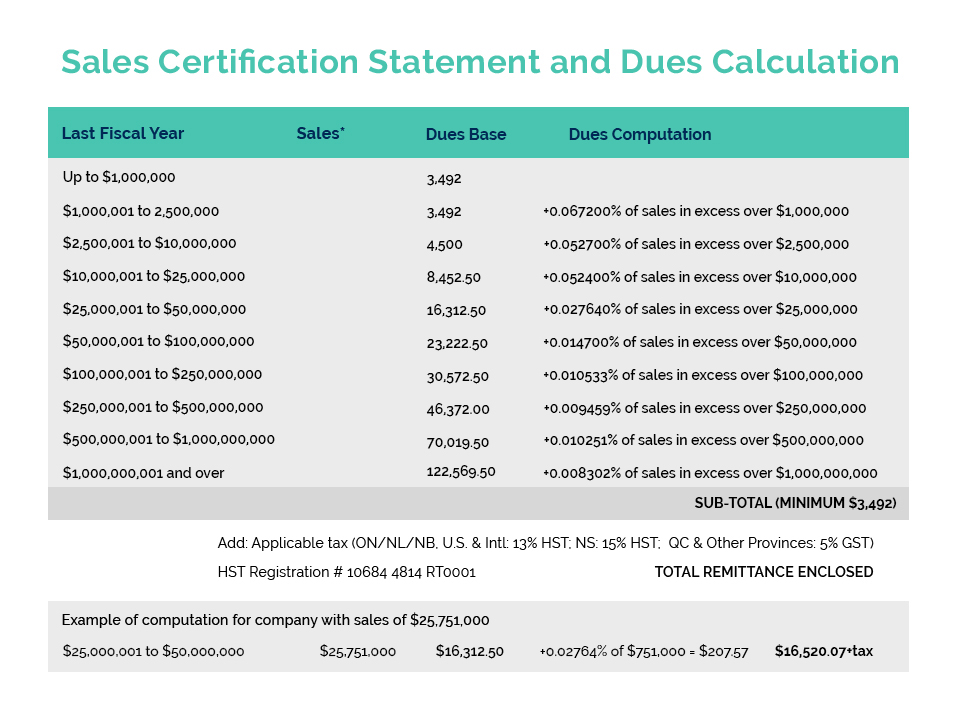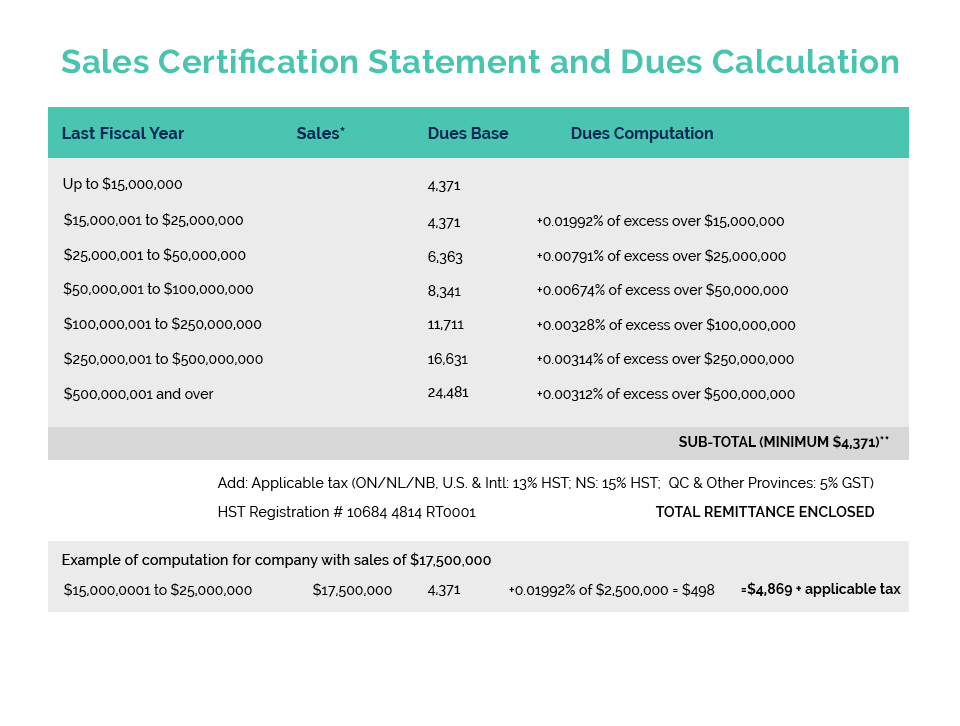Further to CA’s update in early May, Quebec’s Bill 96 – An Act respecting French, the official and common language of Québec which modifies The Charter of the French Language in several ways, passed third reading in the Quebec National Assembly and received Royal Assent on June 1. The amendments of particular concern to CA members, which relate to product packaging and labelling will come into effect three years from the date of assent of the Act on June 1, 2022 . Trademark owners therefore benefit from a three-year grace period to come into compliance with the Act.
Prior to the adoption of Bill 96, a “recognized” trademark in a language other than French could be used in Québec on a product package or label without being translated into French, provided that a French version of the trademark was not registered. The term “recognized trademark” had been interpreted to include both registered and “applied for” trademarks as well as common law trademarks. With Bill 96, the scope of this exception is greatly reduced as follows:
1. Only registered trademarks will fall within the scope of the exception. For a trademark to appear on a product package or label without an accompanying – and equally prominent – French translation, it must be registered.
2. The registered trademark in question must not have a corresponding French version registered in Canada, otherwise the French version must also appear.
3. Even if a trademark in a language other than French is registered, if it is partially composed of a generic or descriptive term, that term must nonetheless appear in French on the product package or label.
With respect to point #3, under Canadian (federal) packaging laws, a product’s common or generic name or function must appear on the product package or label in both official languages, i.e. English and French, irrespective of any trademark that may also appear on the package or label. Complying with this Federal legal requirement may not be sufficient if the generic or descriptive term included within the trademark is, for example, a quality or characteristic of the product instead of the product’s generic name or function. By way of example, consider the fictitious “SoftSkin” brand of moisturizing lotion:
Prior to Bill 96:
SoftSkinTM
HydraFix with vanillaTM
Moisturizing Lotion / Lotion Hydratante
With Bill 96:
SoftSkinTM
HydraFix with vanillaTM avec vanille
Moisturizing Lotion / Lotion Hydratante
It remains to be seen how the OQLF will apply these amendments in practice, especially since the concepts of “descriptive” and “generic” for trademark purposes fall within federal jurisdiction under the federal Trademarks Act. It is also unclear whether the amendment to the Charter will require equal or greater visual prominence as compared to how the non-French generic or descriptive term is depicted within the trademark. CA members are encouraged to conduct an inventory of their product packaging and labelling to ensure compliance with both the amended Québec regime and existing federal labelling requirements. Members are also encouraged to act quickly to file any trademark applications, since apparently delays at the Canadian Intellectual Property Office are such that trademark applications can take up to three years or more to mature to registration.
Cosmetics Alliance has retained representative services in Quebec City to work to ensure sufficient implementation time including a period for sell-through at retail. Our initial report is that the Quebec government at this stage is focused on the period to make label changes and does not appear to have thought through the sell-through provisions. Cosmetics Alliance will continue to pursue this issue and will be hosting an informational webinar on compliance once more details become available.







